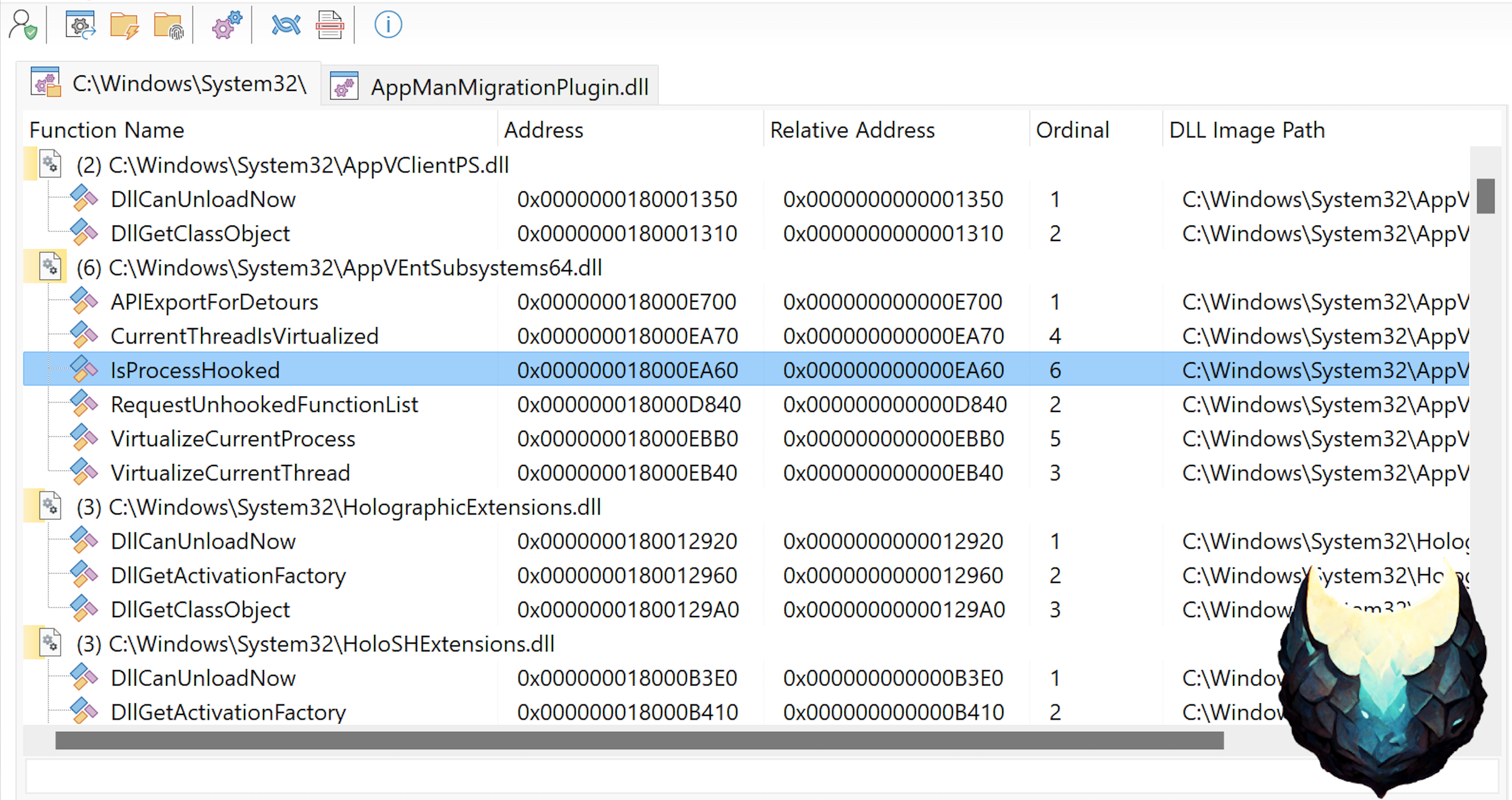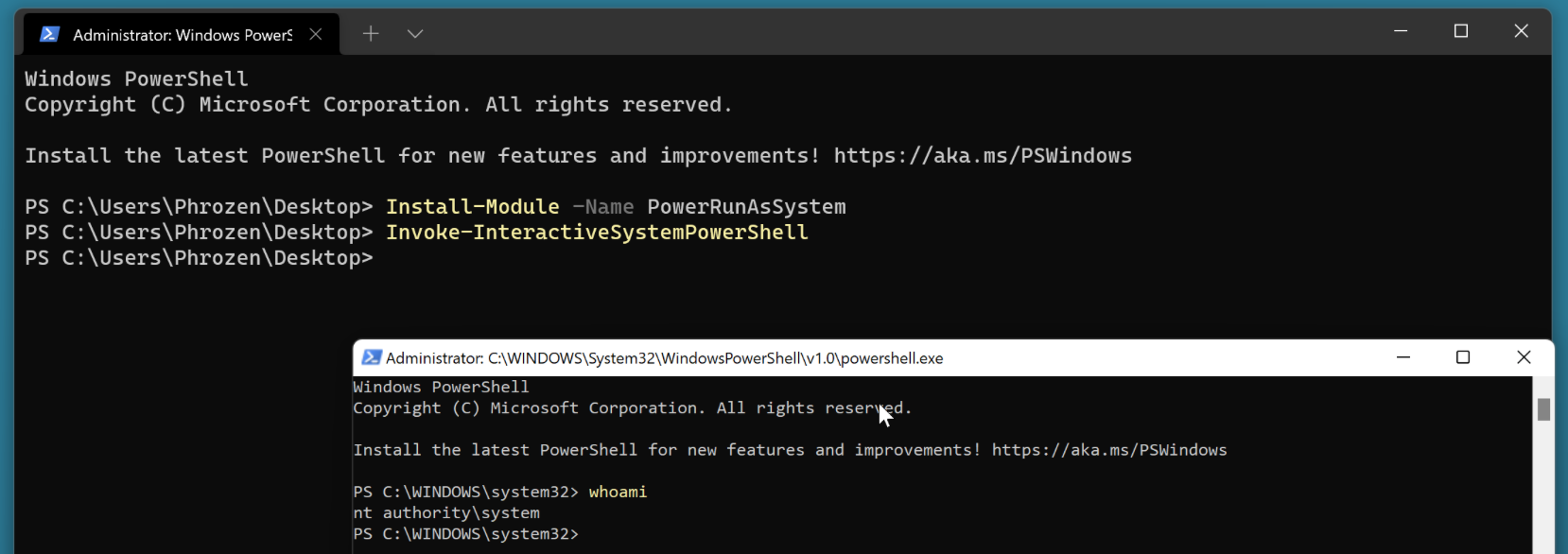Reverse Engineering
Our efforts in Reverse engineering aids in identifying vulnerabilities, understanding threats, and formulating robust defense mechanisms, making it integral to maintaining a secure and resilient digital environment.
Our efforts in Reverse engineering aids in identifying vulnerabilities, understanding threats, and formulating robust defense mechanisms, making it integral to maintaining a secure and resilient digital environment.
Our focus in malware research involves dissecting and understanding the operation of malicious software. By documenting their behavior and impact, we provide crucial insights that aid in devising effective defensive strategies, contributing to a better understanding and stronger defense against emerging cyber threats.
We offer penetration testing services, identifying vulnerabilities by simulating real-world attacks on your digital infrastructure. Our process uncovers potential threats, providing actionable insights for improved security measures, ensuring robust defense and resilience for your business operations.
Our involvement in open-source focuses on offensive security techniques and tools. We utilize and contribute to community-driven projects. This collaborative approach promotes innovative solutions, ultimately strengthening defense against evolving cyber threats.

Comprehensive C# Project to Understand the Concept of Malware Command and Control (C2) Using FTP as a Communication Channel.
More
Open-Source Application for Comprehensive Search and Exploration of Windows DLL Exported Functions for Malware Research and Analysis.
More
Secure remote desktop application for Microsoft Windows entirely written in PowerShell for the server and a cross-platform client.
More
Medium Account Showcasing Our High-Quality Articles focusing on Malware Research, General Information Security and Programming.
More
Malware Museum: Showcasing the Most Impactful Malware from the 1990s to the Early 2000s. Get Ready to Journey Back to the Golden Age of Malware.
More
Comprehensive Search Engine for Malware Evasion Techniques (Documentation, Code Snippets, YARA Rules, and More)
More
Complete and Optimized Remote Desktop Application Entirely Coded in PowerShell (Multi-Screen, Keyboard Sync, Mouse Sync, Clipboard Sync, and More)
More
GitHub Profile Showcasing Our Open-Source Projects, Proof of Concept (POCs) and Snippets related to Malware and Offensive Security.
More
DLest is a Microsoft Windows application that helps developers and malware analysts analyze and manipulate exported functions in Portable Executable (PE) files, especially DLLs. It allows you to enumerate exported functions using various methods and supports the analysis of memory-loaded modules in real time. It also has the ability to dump a reconstructed version of any module for further analysis. DLest is fully multithreaded and efficient for processing large numbers of PE files. It is useful for developers and malware analysts and streamlines their tasks.
2 years, 3 months ago
2 years, 4 months ago
2 years, 5 months ago

We are excited to announce that our latest tool, PsyloDbg, has been featured in the "Tools & Exploits" section of Bad Sector Labs Blog's Last Week in Security. Stay tuned for more updates and improvements to come from us at PsyloDbg!
2 years, 5 months ago

PsyloDbg is a versatile, user-friendly, and open-source debugger for the Windows platform. It is entirely written in Delphi, and its purpose is to assist malware analysts in their work by providing them with a fast and effective tool. As a result, analysts can save time and improve their response to malware threats.
2 years, 5 months ago
New Unprotect C# Code Snippet added for technique Timestomp.
This tiny code snippet demonstrate the principle of file time stomping.
Steps:
Additional information:
2 years, 7 months ago
New Unprotect Delphi code snippet added for technique Process Hollowing, RunPE with support of both x86-32 and x86-64 in a single code.
2 years, 9 months ago
New Unprotect Delphi Code Snippet added for technique Checking Mouse Activity
2 years, 9 months ago
New Unprotect Delphi Code Snippet added for technique DLL Injection via CreateRemoteThread and LoadLibrary with both support of x86-32 and x86-64.
2 years, 9 months ago
New Unprotect Delphi Code Snippet added for technique ProcEnvInjection - Remote code injection by abusing process environment strings for both x86-32 and x86-64.
2 years, 9 months ago
New code snippet that demonstrate how Malware authors create self-deleting application. This technique rely on an external command line interpreter process that attempt to delete malware sample when sample process is terminated.
2 years, 9 months ago
FastResize option was removed. 3 years ago

The purpose of this tool is to allow users to run applications with system-level privileges in the context of their current active Windows session, using only the Microsoft Windows Task Scheduler.
Unlike other common tools, this technique does not require any external software or services, and can be easily configured to launch the system terminal and run the desired application within the current session. This allows users to access system-level functionality and interact with the application in real time.
3 years, 1 month ago
Invoke-RemoteDesktopServer error fixed during module import.3 years, 1 month ago
3 years, 1 month ago
3 years, 1 month ago

PowerRunAsAttached is a ported version of RunAsAttached in pure PowerShell.
3 years, 2 months ago